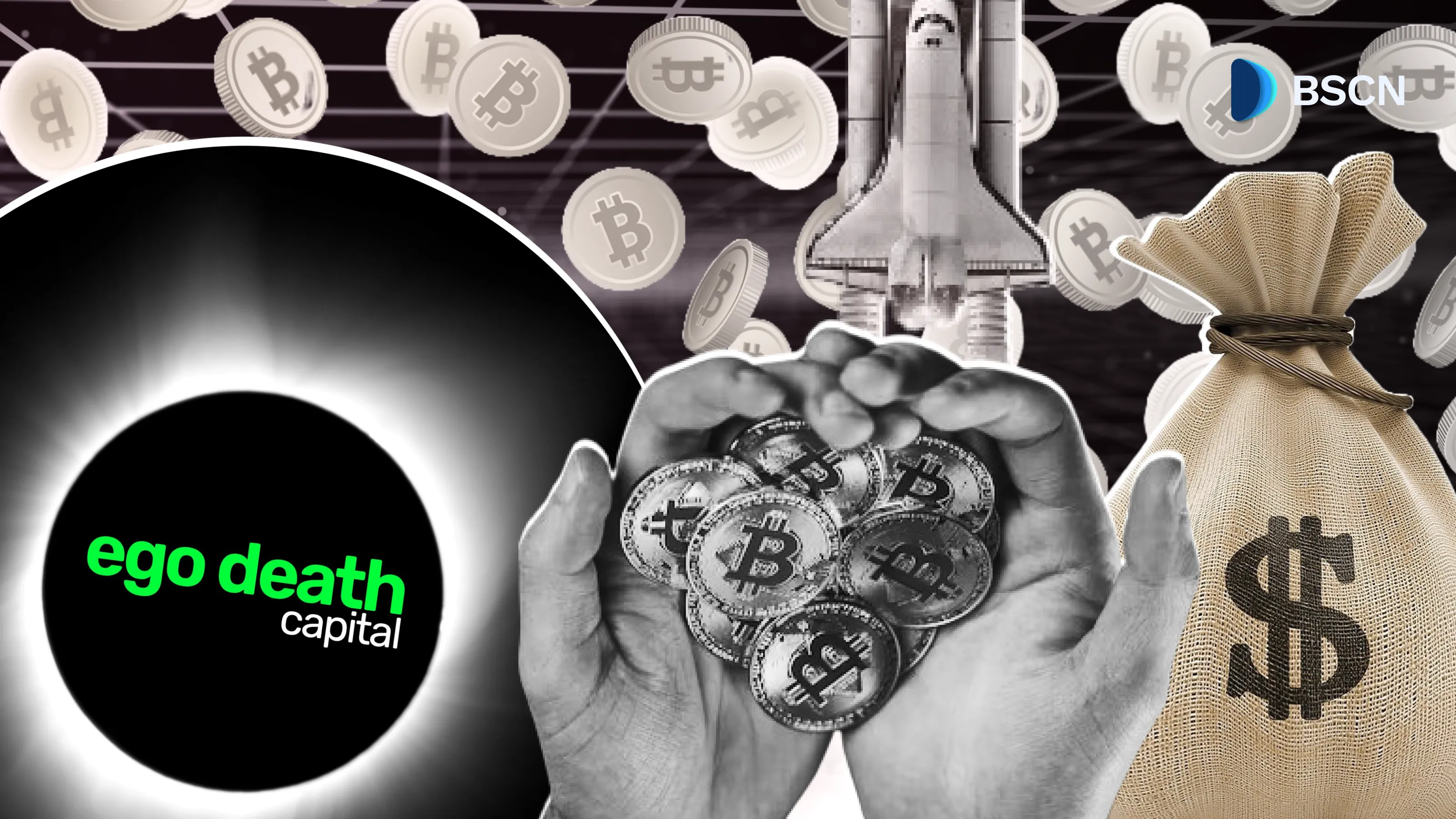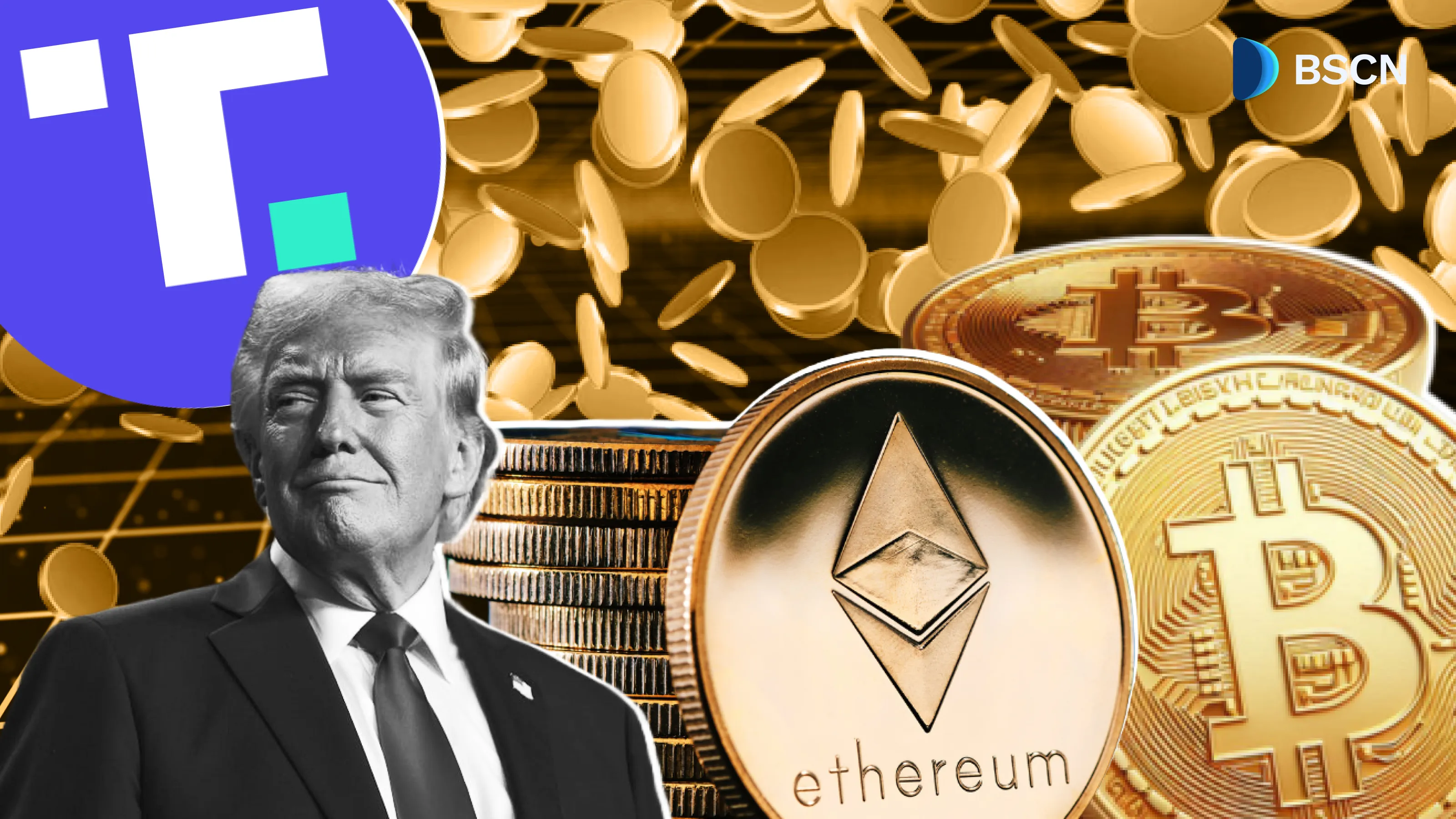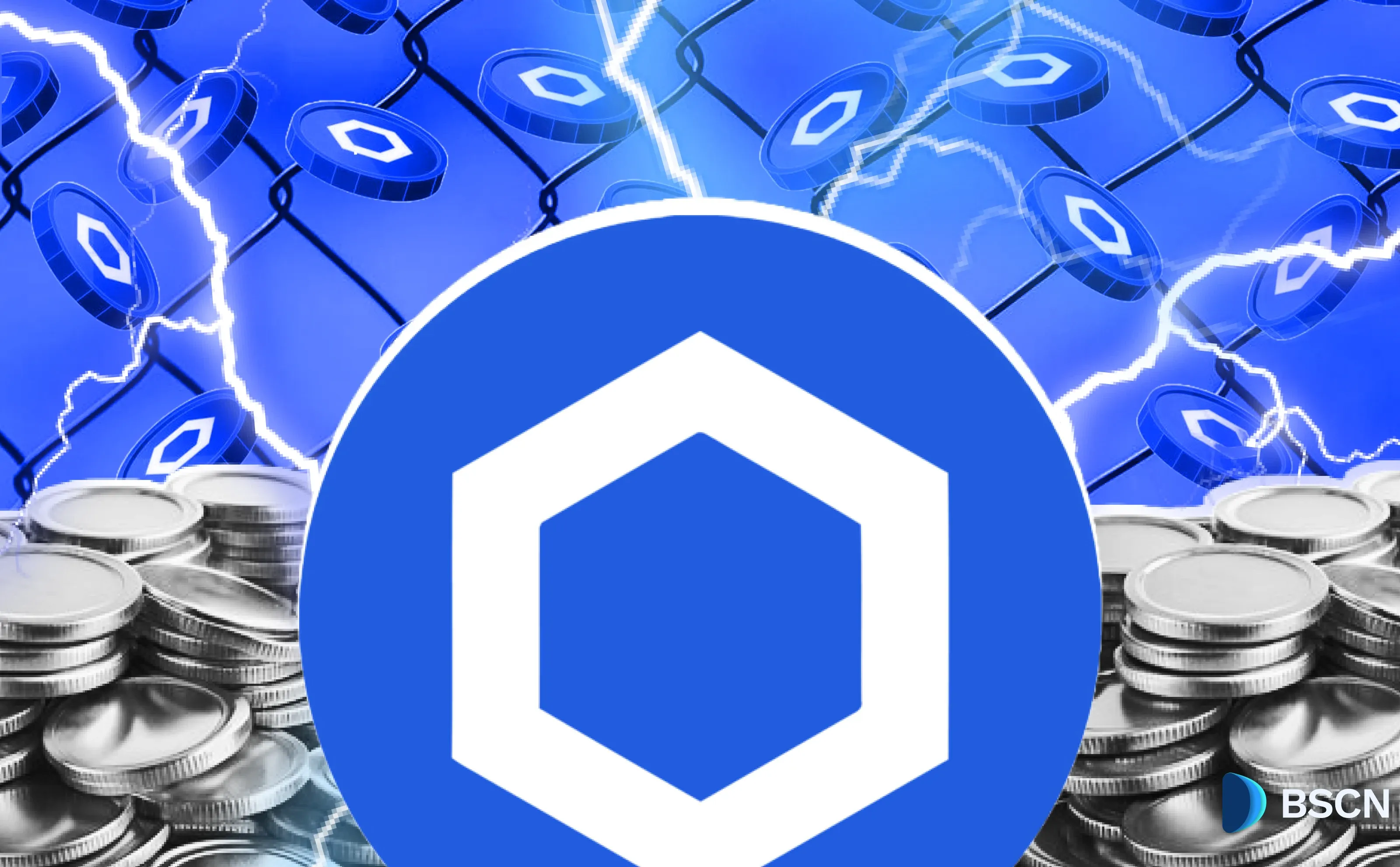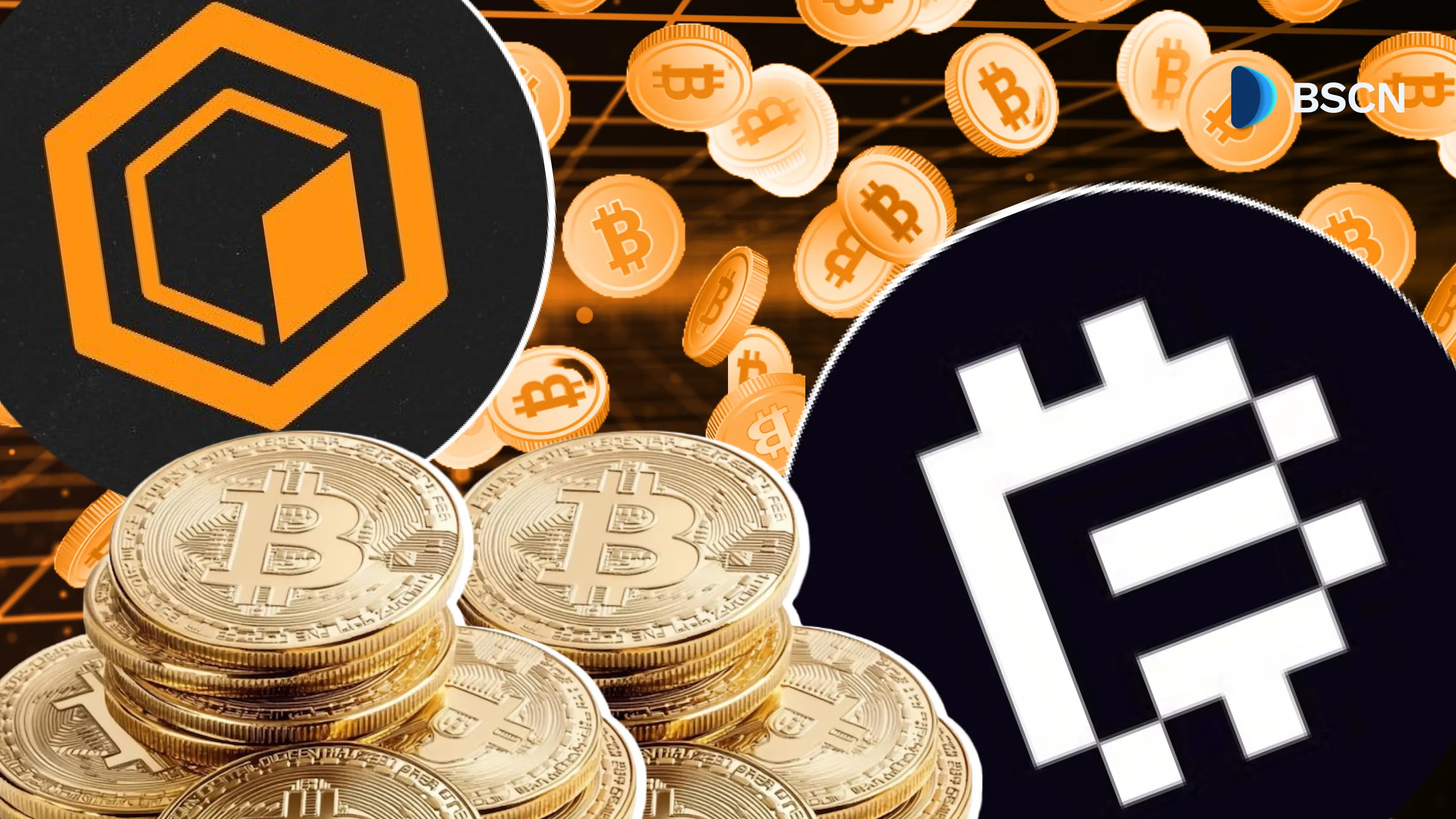WEB3
Ripple Joins Stablecoin Race, Announces Plans for 1-to-1 USD-Backed Coin

This move positions Ripple to compete with established players like Tether and Circle in the stablecoin market over the next five years.
BSCN
April 4, 2024
Ripple, the issuer behind XRP, has announced plans to step into the stablecoin market with the United States dollar-backed stablecoin.
With a strategic eye on competing with heavyweights like Circle and Tether, Ripple aims to carve out its share of the market over the next five years.
Here's what you need to know about this development:
Ripple's Stablecoin Offering
Ripple's stablecoin will maintain a 1-to-1 peg with the US dollar, backed by equivalent assets such as US dollar deposits, US government bonds, and cash equivalents held in reserve by the company.
To ensure transparency, Ripple intends to provide publicly available monthly attestation reports regarding its reserves, although the auditing firm remains undisclosed at this time.
Initial Launch and Market Expansion
Initially, Ripple plans to roll out its stablecoin in the United States. However, the company hasn't ruled out the possibility of introducing regional products tailored for non-US markets, including Europe and Asia.
This strategic move positions Ripple in direct competition with stalwarts like Tether, issuer of the largest stablecoin USDT, and Circle, the company behind USDC.
The Ripple Perspective
According to Ripple's CTO, David Schwartz, the stablecoin market holds vast potential for growth. Currently valued at $150 billion, Schwartz believes this figure could skyrocket to over $2 trillion by 2028.
With only a few dominant players in the market, Ripple sees an opportunity to diversify and strengthen the stablecoin ecosystem, particularly within the domain of DeFi.
“We’re looking to grab market share. We’re not looking to finesse a couple of extra decimal points by taking risks with other people’s money,” David Schwartz told CoinTelegraph.
Emphasis on Transparency and Regulation
Ripple is focused on maintaining transparency and regulatory compliance in its stablecoin venture. The company plans to have its reserve assets audited by a third-party accounting firm, with monthly attestations published for public scrutiny.
Ripple's CEO, Brad Garlinghouse, cites the company's credibility, track record, and robust balance sheet as key assets in navigating the stablecoin market.
Garlinghouse points to recent instability within the stablecoin market, including incidents where USDT and USDC temporarily lost their $1 pegs.
Ripple views these challenges as an opportunity to offer a stablecoin alternative backed by a regulated institution. With licenses in New York, Ireland, Singapore, and other jurisdictions, Ripple aims to assuage regulatory uncertainties and position itself as a trustworthy player in the stablecoin space.
Disclaimer
Disclaimer: The views expressed in this article do not necessarily represent the views of BSCN. The information provided in this article is for educational and entertainment purposes only and should not be construed as investment advice, or advice of any kind. BSCN assumes no responsibility for any investment decisions made based on the information provided in this article. If you believe that the article should be amended, please reach out to the BSCN team by emailing [email protected].
Latest News
Crypto Project & Token Reviews
Project & Token Reviews
Comprehensive reviews of crypto's most interesting projects and assets
Learn about the hottest projects & tokens










